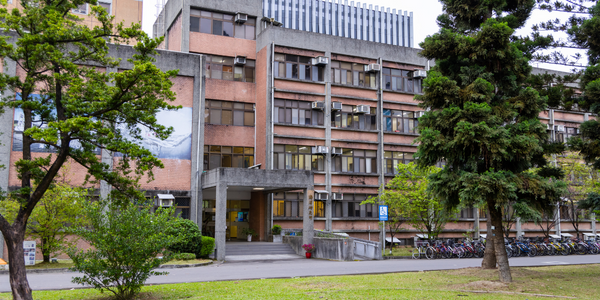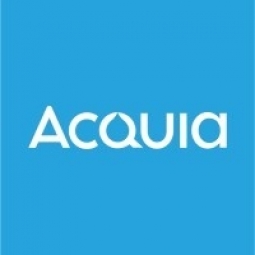Technology Category
- Functional Applications - Enterprise Asset Management Systems (EAM)
Applicable Industries
- Buildings
- Education
Applicable Functions
- Sales & Marketing
Use Cases
- Asset Health Management (AHM)
- Virtual Training
Services
- System Integration
- Training
About The Customer
Timberlake Cabinetry is a company that sells cabinets directly to major home builders. Their sales are conducted through a network of builder service centers and distributors. The sales team at Timberlake relies heavily on the marketing department for sales materials that communicate the value of their products. The marketing team at Timberlake creates a range of materials that communicate the value of their products. However, the limited search functionality in their existing content management system made it difficult for the sales representatives to find the content they needed, leading to inefficiencies in their workflow.
The Challenge
Timberlake Cabinetry, a company that sells cabinets directly to major home builders through a network of builder service centers and distributors, faced a significant challenge with their existing content management system (CMS). The sales team at Timberlake relied heavily on the marketing department for sales materials that communicated the value of their products. However, the limited search functionality in their existing CMS made it difficult for the sales representatives to find the content they needed. As a result, they often resorted to asking the marketing team to locate files for them. This resulted in the marketing team fielding dozens of file requests every week, creating an inefficient and unsustainable workflow.
The Solution
To address this challenge, the marketing team at Timberlake began researching digital asset management (DAM) systems in 2013. By late 2014, they implemented Acquia DAM, which included the Assets, Insights, and Portals applications. With Acquia’s guidance, the team developed a robust metadata structure to power the system’s search functionality, enabling Timberlake DAM users to easily find and download any asset they needed. To encourage system adoption, the Timberlake team focused on creating a familiar and intuitive user experience. They branded the system’s dashboard to match their corporate identity and provided users with multiple ways to search — through keywords, categories, and portals. Additionally, Timberlake developed a multifaceted training program to nurture ongoing user engagement, complemented by a series of short videos and tutorials.
Operational Impact
Quantitative Benefit

Case Study missing?
Start adding your own!
Register with your work email and create a new case study profile for your business.
Related Case Studies.

Case Study
Energy Saving & Power Monitoring System
Recently a university in Taiwan was experiencing dramatic power usage increases due to its growing number of campus buildings and students. Aiming to analyze their power consumption and increase their power efficiency across 52 buildings, the university wanted to build a power management system utilizing web-based hardware and software. With these goals in mind, they contacted Advantech to help them develop their system and provide them with the means to save energy in the years to come.

Case Study
Intelligent Building Automation System and Energy Saving Solution
One of the most difficult problems facing the world is conserving energy in buildings. However, it is not easy to have a cost-effective solution to reduce energy usage in a building. One solution for saving energy is to implement an intelligent building automation system (BAS) which can be controlled according to its schedule. In Indonesia a large university with a five floor building and 22 classrooms wanted to save the amount of energy being used.

Case Study
Powering Smart Home Automation solutions with IoT for Energy conservation
Many industry leaders that offer Smart Energy Management products & solutions face challenges including:How to build a scalable platform that can automatically scale-up to on-board ‘n’ number of Smart home devicesData security, solution availability, and reliability are the other critical factors to deal withHow to create a robust common IoT platform that handles any kind of smart devicesHow to enable data management capabilities that would help in intelligent decision-making

Case Study
Protecting a Stadium from Hazardous Materials Using IoT2cell's Mobility Platform
There was a need for higher security at the AT&T Stadium during the NFL draft. There was a need to ensure that nuclear radiation material was not smuggled inside the stadium. Hazmat materials could often be missed in a standard checkpoint when gaining entry into a stadium.

Case Study
Commercial Building Automation Boosts Energy Efficiency
One of the challenges to building automation is the multitude of non-interoperable communications protocols that have evolved over the years. Buildings have several islands of automation. Bridging the islands of different automation without losing the considerable investment in each specialized control network is the main focus in this solution.








